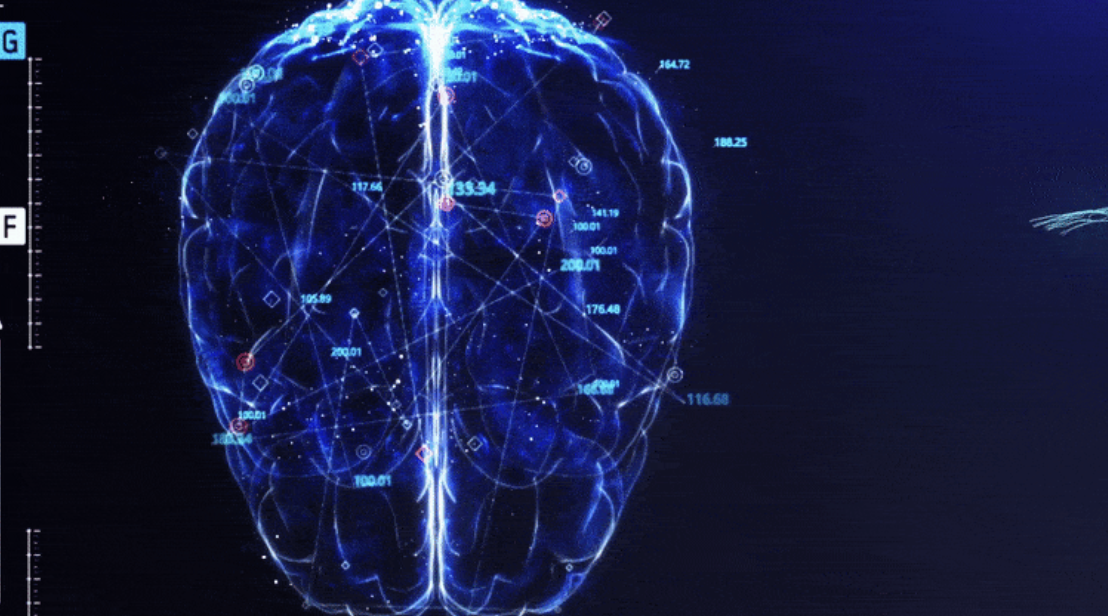By Abigail Shields, Year 11,
Have you ever wondered how the intricate wiring of the brain influences the unique way individuals with Autism perceive and interact with the world? What exactly makes someone “Atypical”? Well, advances in neuroscience have begun to delve into these mysteries, revealing not only differences but remarkable insights into how the brain processes information, adapts, and creates exceptional strengths alongside these challenges.
Autism is a neurological disorder caused by a combination of multiple genetic factors that all interact in complex ways. It affects development most significantly during childhood as it influences the way a person interacts socially, emotionally, and intellectually. As the ASD spectrum is very vast, it includes a diverse range of functioning levels, from low to high.
Autism primarily impacts the brain and the nervous system, altering the way the brain processes information while also influencing other parts of the body, for example, digestive problems or hypersensitivity to light or sound. But what exactly is different in the brain of somebody with Autism?
Interestingly, research focused on children aged 2 to 4 revealed children with Autism had an increased brain volume. It is correlated to cerebral white matter, which is responsible for communication between various brain regions and within the same hemisphere, as well as cortical gray matter, which plays a fundamental role in processing information. This suggests there may be an overgrowth of local connections within the brain’s cortex but not between different regions or hemispheres. As a consequence of the brain’s abnormal growth pattern, it disrupted the normal development of the brain’s structure and function, which, therefore, contributed to the characteristics of Autism.
The association cortex part of the brain is the area most impacted by people who have Autism. It’s the area responsible for understanding social cues, problem-solving, higher-level thinking, and decision-making. Research on white matter reveals that individuals with Autism may experience disruption in the communication between neurons and the pathways that connect to different brain regions, particularly in those involved in social understanding and behavior. As a result, the connections between these brain regions can be altered. Though given the broad spectrum, it is not as black and white to simply say their connections are enhanced or weakened as it always differs. In most cases, there may be strong connections within one hemisphere of the brain but weaker connections across the hemispheres, which can contribute to challenges. Research focused on intracortical connectivity, which refers to the connections within the cortex, also reveals challenges in how various regions of the cortex communicate with one another. These communication complications will lead to struggles in expressing emotions and understanding social cues and additionally influence a person’s memory and language processing. Finally, further research has shown that the corpus callosum, a crucial part of the brain responsible for communication between the two hemispheres, is smaller in individuals with Autism than in those with a “typical” brain. This raises concerns about how the two hemispheres communicate and coordinate in people with Autism.
This is why brain plasticity has become such a focal point in recent research. An analogy to explain brain plasticity is to imagine you are driving to school, but a road on your way is closed due to roadworks; well, you will choose to go around on a detour. For people with Autism, their brain compensates for some of its structural differences by using alternative pathways to process information. For example, certain areas of the brain may be hyper-connected while others remain under-connected, leading to strengths in specific cognitive areas, such as heightened abilities for problem-solving or remembering details. However, the world is not typically designed for neurotypical brains, so these researchers may help discover more effective ways to support those with Autism.
https://pmc.ncbi.nlm.nih.gov/articles/PMC2597785
https://jnnp.bmj.com/content/75/7/945
https://www.mdpi.com/1422-0067/25/4/2423
https://www.sciencedirect.com/book/9780128163931/the-neuroscience-of-autism
https://www.kcl.ac.uk/neuroscience/research/themes/early-life-development/autism-spectrum-disorder



